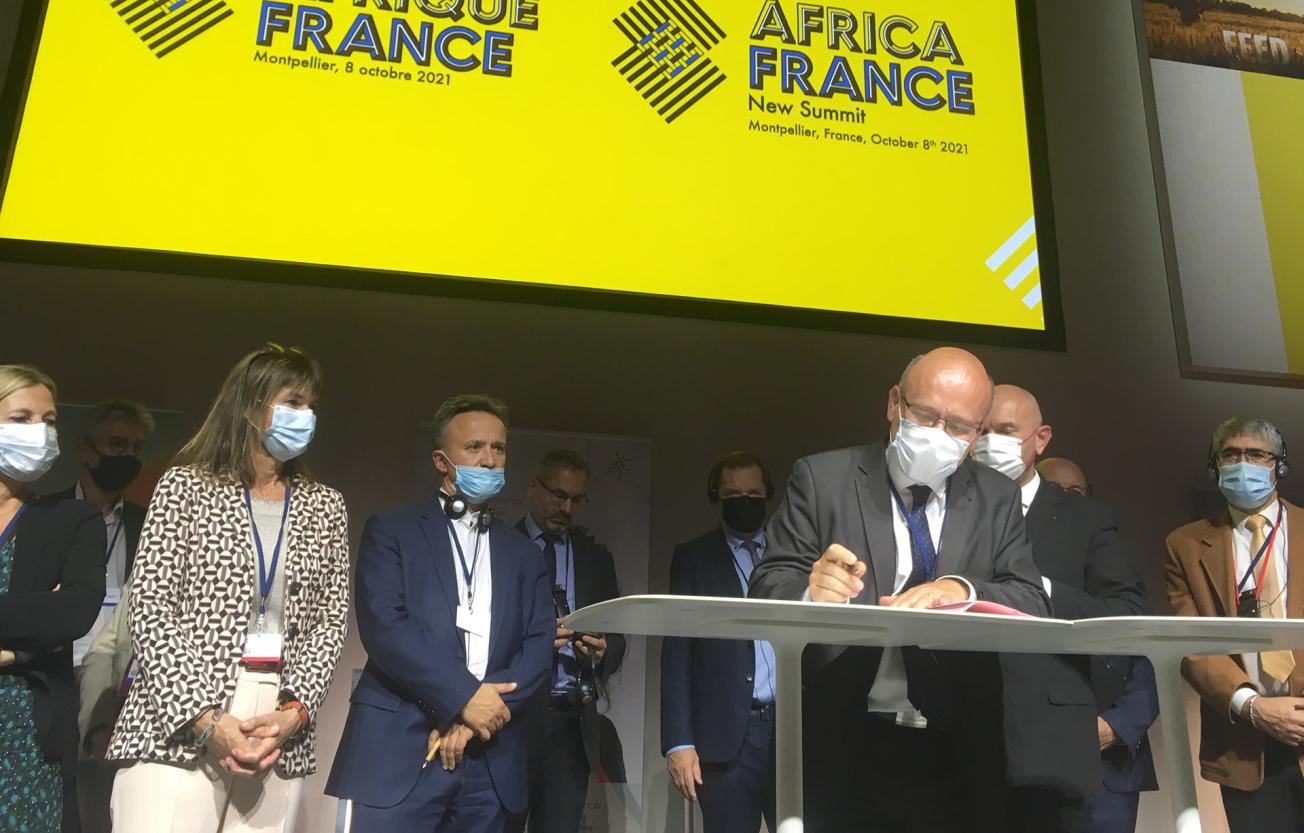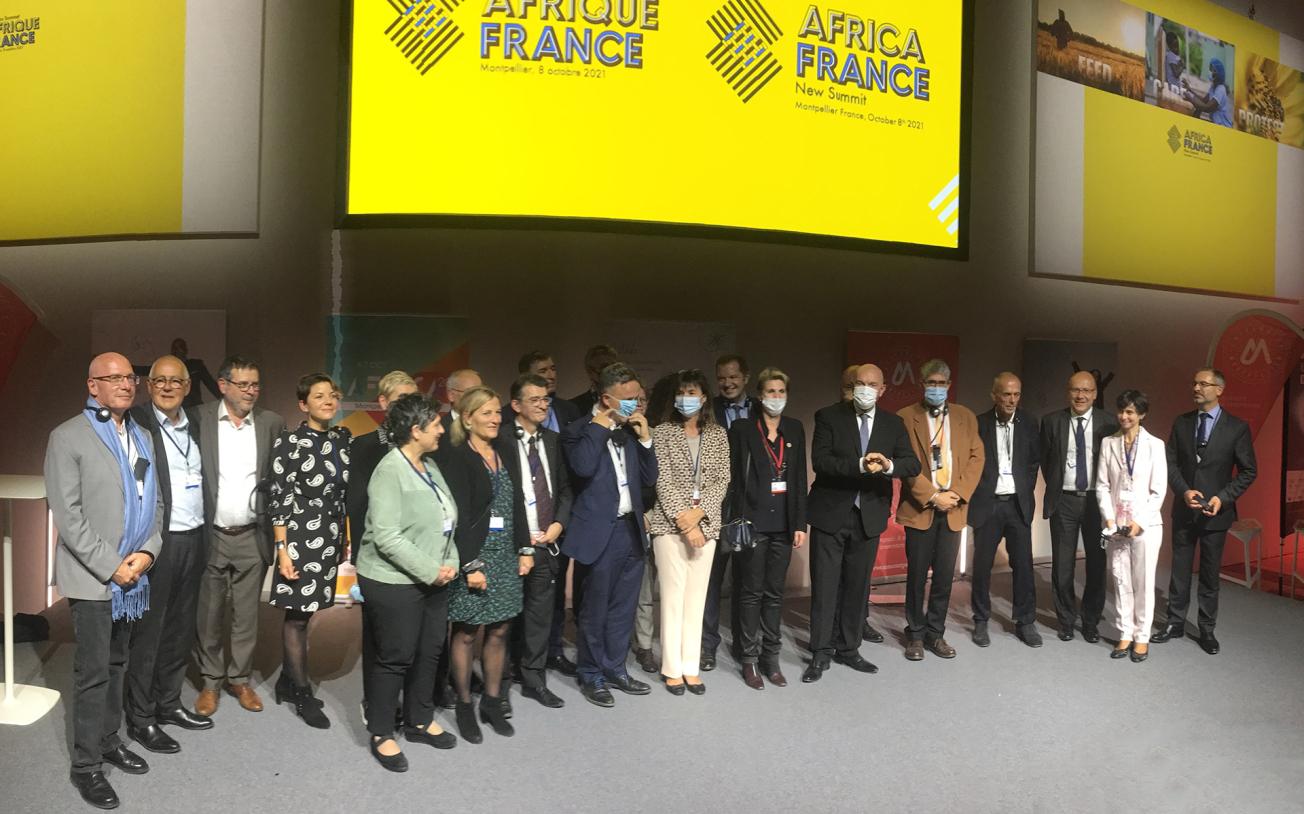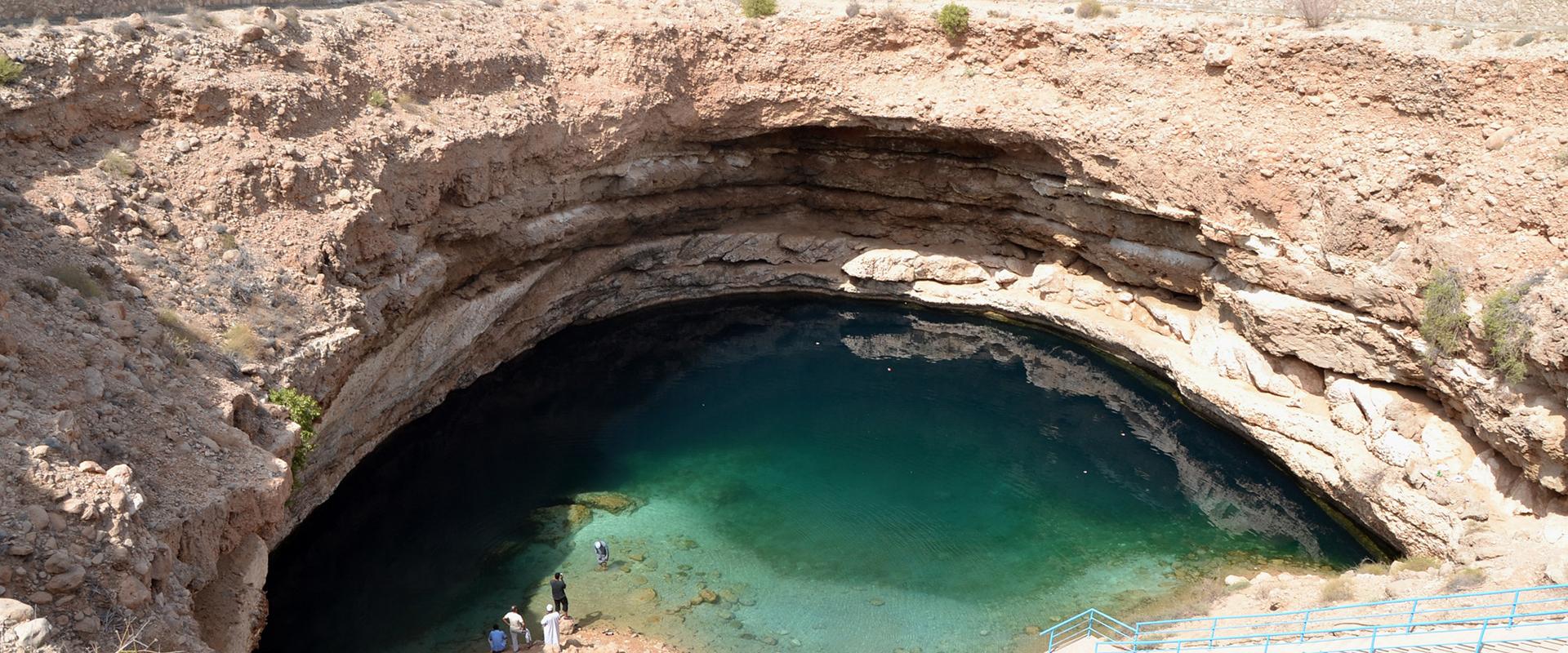
On 8 October 2021, Christophe Poinssot, Deputy Director General of BRGM, signed the strategic agreement for the Montpellier Université d'Excellence (MUSE) I-SITE, alongside the 16 I-SITE stakeholders.
© BRGM
On 8 October 2021, Christophe Poinssot, Deputy Director General of BRGM, signed the strategic agreement for the Montpellier Université d'Excellence (MUSE) I-SITE, alongside the 16 I-SITE stakeholders.
The signing took place on the fringes of the New Africa-France Summit in Montpellier, much of which was devoted to Higher Education, Research and Innovation.
What is the MUSE I-SITE?
The MUSE "Montpellier University of Excellence" project combines the strengths of 16 institutions (the University of Montpellier, 10 national research organisations including BRGM, 2 schools and 3 health care establishments) to fulfil a common ambition of fostering intensive subject-oriented research at Montpellier University, internationally recognised for its impact in the areas of agriculture, the environment and health. I-SITEs are a mechanism of the Investments for the Future programme supported by the Ministry of Research. Their purpose is to position French universities and their associated research communities at a world-class level in the targeted fields. MUSE was selected as an I-SITE in 2017.
Agreement for a framework shared between the 16 MUSE I-SITE stakeholders
Concluded for the 2021-2025 period, the Strategic MUSE I-SITE Agreement provides a shared framework for coordinated support for research to the highest international standard, for pooling and developing tools for training through research and for affirming a common strategy in the area of transfer and innovation.
It formally establishes the strategic scope of the I-Site and in particular its 5 subject-related areas:
- "Agriculture, Environment and Biodiversity", with 2300 scientific staff, more than 60 research units, a Labex, a Convergence Institute and a UNESCO Water Centre;
- "Biology and Health", with 1100 researchers and research lecturers, five University Hospital Federations and three Labexes;
- "Mathematics, Computer Science, Physics and Systems", with 700 permanent research lecturers and researchers, a Labex and an Equipex;
- "Chemistry", which has a Carnot Institute and 500 researchers and research lecturers;
- "Social Sciences", with a Labex, 130 research lecturers in law and political science, 130 scientific staff working in the field of economics, 140 research lecturers in management and 80 researchers in education.

The MUSE I-SITE combines the strengths of 16 institutions. The strategic agreement for 2021-2025 was signed on 8 October 2021 on the margins of the New Africa-France Summit in Montpellier.
© BRGM
BRGM is committed to fostering scientific excellence at the Montpellier site in the field of water
At the MUSE I-SITE, BRGM is involved in the "Agriculture, environment and biodiversity" subject area.
Its research activities in the Montpellier area focus in particular on studies of coastal sedimentary dynamics and groundwater and water cycle management (understanding run-off, socio-economic aspects, flooding, active resource management, modelling, pollution and rehabilitation).







